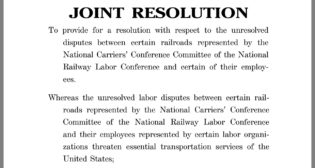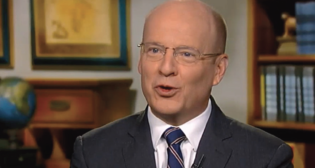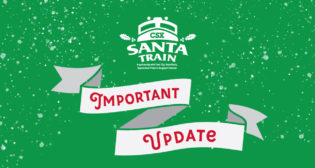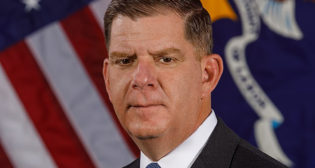
Rail Labor’s Risky Gambit
“Biden stabs unions and workers in the back,” shouted a headline describing rail labor’s reaction following the President’s Dec. 2 signing into law of a congressional resolution (H.J. Res. 100) imposing on

“Biden stabs unions and workers in the back,” shouted a headline describing rail labor’s reaction following the President’s Dec. 2 signing into law of a congressional resolution (H.J. Res. 100) imposing on

There will not be a rail strike Dec. 9, and unionized rail workers will not gain from Congress an unfunded mandate of seven railroad-paid sick days annually. President Joe Biden signed H.J.

SMART-Transportation Division President Jeremy Ferguson on Sept. 30 issued an open letter to members stressing that a vote to ratify a tentative agreement struck with the carriers “is now yours.” His BLET

Railway Age’s Frank N. Wilner seems to have been hiding in the HVAC ducts above Labor Secretary Marty Walsh’s office Sept. 15, observing what really transpired between rail labor and carrier management

If tentative wages, benefits and work rules agreements reached between rail labor unions and most Class I railroads (and many smaller ones) fail to be ratified by union members in coming weeks, might leadership of those unions override a majority “no” vote and unilaterally impose the tentative agreement or, alternatively, submit it to binding arbitration rather than pursue further collective bargaining or authorize a strike?

When President Biden met with the railroad and union leaders in the Oval Office after a deal was struck, he characterized the tentative agreement reached by the parties as “an important win

FINANCIAL EDGE, RAILWAY AGE SEPTEMBER 2022 ISSUE: An industry patiently waited to find out who will blink first in the complicated chess match between labor, railroad and government. The 30-day period for

The Association of American Railroads (AAR) on Sept. 15 reported that “tentative agreements have been reached with the Brotherhood of Locomotive Engineers and Trainmen Division of the International Brotherhood of Teamsters (BLET), the International Association of Sheet Metal, Air, Rail and Transportation Workers – Transportation Division (SMART-TD), and the Brotherhood of Railroad Signalmen (BRS). Collectively representing approximately 60,000 employees, the tentative agreements reached with these unions avert a potential strike in advance of Friday’s deadline.”

American Short Line and Regional Railroad Association (ASLRRA) President Chuck Baker on Sept. 10 sent a letter to Congressional leadership outlining the impact of a freight rail strike on the U.S. transportation network and the economy and urged Congress to “immediately step in and avert a system shutdown by legislatively implementing Presidential Emergency Board (PEB) recommendations,” should a voluntary agreement not be reached by the end of the Railway Labor Act (RLA) mandated “cooling off’ period on Sept. 15.

As the clock ticks toward a nationwide rail shutdown as early as Sept. 16—the first in more than three decades and similarly owing to an inability of labor and management to reach a negotiated settlement over amending contracts covering wages, benefits and work rules—frustration is growing, the Biden Administration has inserted itself in the dispute, committees of Congress are showing interest, and economic-damage estimates for the economy, railroads, unions and workers are being calculated.